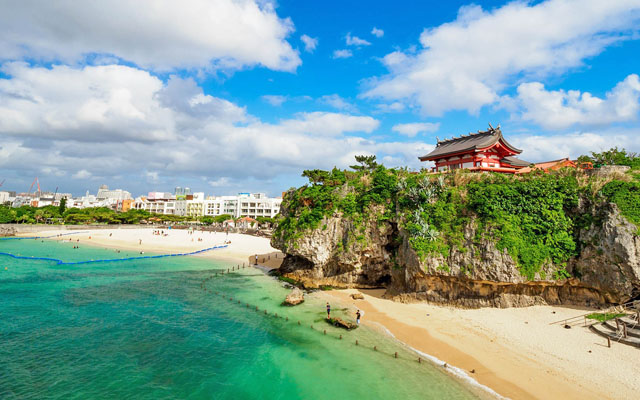The final draft of the Greater Mekong Subregion (GMS) Tourism Strategy 2030 has officially launched, outlining key actions for each of the six countries to individually and collectively strive for a brighter tourism future, focusing on sustainability, human capital, stakeholder engagement and strong marketing.
The GMS comprises Cambodia, China (specifically Yunnan province and the Guangxi Zhuang Autonomous Region), Lao, Myanmar, Thailand, and Vietnam.

Speaking at the Mekong Tourism Forum 2025 in Luang Prabang, Laos, Suvimol Thanasarakij, executive director of Mekong Tourism Coordinating Office (MTCO), said the strategy, which was developed by MTCO and Asian Development Bank and has been 20 months in the making, is a “significant milestone” for GMS countries.
“The strategy is the product of collaboration among the six countries, and we have to share visions and wishes to have an integrated, inclusive, sustainable and prosperous tourism sector in the region,” she said.
In 2024, GMS countries welcomed more than 69 million international visitors, marking a strong post-pandemic rebound.
However, Suvimol said continued predicted growth makes it imperative that catering to this demand while preserving the unique environment, culture and heritage of each destination is key.
“We recognise that we must manage and plan our tourism sustainably, not only in terms of environment and social and economic impacts, but keeping our nature and cultural heritage. This is challenging, and why we have developed the strategy as our roadmap for the future,” Suvimol stated.
The strategy outlines four main strategic directions: building sustainable tourism destinations, developing human capital, strengthening stakeholder engagement and enhancing destination marketing. These pillars encompass various themes that span digital transformation, environmental sustainability, inclusiveness and private sector development.
“The key takeaway is we want to be a greater Mekong region. We want to be prosperous, inclusive and not leave anyone behind; we want to be sustainable. This is our vision,” she told TTG Asia.
“Developing sustainable destinations, includes accessible tourism. For example, we know in many countries, including Thailand, the society is aging. There are a lot of elderly who can’t travel easily. So, accessible tourism is part of the strategic direction.”
She added that human capital is increasingly becoming a major challenge, and a concern that needs to be addressed. “We know that the tourism industry is labour intensive, but the number of people working in the industry is lessening, predominantly due to the low income.”
With regards to stakeholder engagement, she said this involves smooth collaboration, vision and understanding between various parties, including governments, tourism players, NGOs, the private sector and media.
She added that while each country’s NTO has its own marketing strategy and priorities, effective collective marketing is essential for cross-border tourism.
“Collectively, we see the benefits of cross-border tourism So, we need to marketing that, and work together to do so,” she noted.
“While the strategy outlines what we should be doing as a region, it includes activities that each country should be doing individually – not only to benefit themselves, but to benefit the region.”
MTCO is currently finalising the typeset version of the strategy before publishing it online.

















